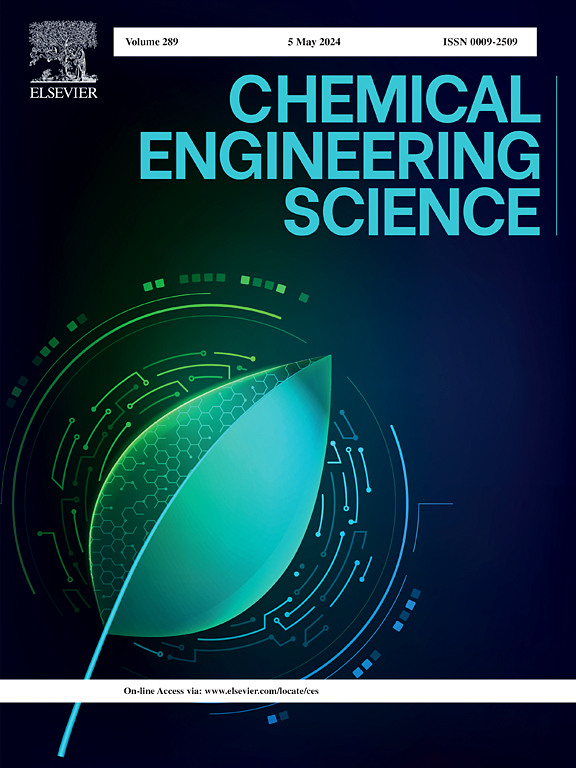Particle motion under turbulent eddies: Inspiration for fine minerals flotation
IF 4.1
2区 工程技术
Q2 ENGINEERING, CHEMICAL
引用次数: 0
Abstract
Turbulent flow ubiquitous in flotation machines and contain multi-scale eddies. Compared to static environments, turbulence can increase particle kinetic energy and promote particle-bubble collision in mineral flotation. However, there have been few quantitative studies on turbulent eddies that affect particle motion, which limits the precise flow control of flotation processes. In this study, the motion characteristics of particles in isotropic turbulence were measured by particle tracking velocimetry, and the relationship between turbulent eddy and particle motion was quantitatively analyzed by 7-scale wavelet transform and fast Fourier transform. The measurement results show that the particle moves upward following a rotating turbulent eddy, and turbulent eddies with sizes of 35–119 µm and 127–288 µm drives the motion of dp = 74 µm and dp = 200 µm particles respectively. The turbulent acceleration of particles within a turbulent eddy can be calculated as . This study provides an eddy control basis for mineral flotation performance improvement.
湍流漩涡下的颗粒运动:精细矿物浮选的启示
湍流在浮选机中无处不在,并包含多尺度漩涡。与静态环境相比,湍流可增加颗粒动能,促进矿物浮选过程中颗粒与气泡的碰撞。然而,有关影响颗粒运动的湍流漩涡的定量研究很少,这限制了浮选过程的精确流量控制。本研究采用颗粒跟踪测速仪测量了各向同性湍流中颗粒的运动特性,并通过 7 尺度小波变换和快速傅立叶变换定量分析了湍流涡与颗粒运动之间的关系。测量结果表明,颗粒跟随旋转的湍流涡向上运动,大小分别为 35-119 µm 和 127-288 µm 的湍流涡分别驱动了 dp = 74 µm 和 dp = 200 µm 颗粒的运动。粒子在湍流涡内的湍流加速度可按 aλ=Cε2/3λ-1/3 计算。这项研究为提高矿物浮选性能提供了涡流控制基础。
本文章由计算机程序翻译,如有差异,请以英文原文为准。
求助全文
约1分钟内获得全文
求助全文
来源期刊

Chemical Engineering Science
工程技术-工程:化工
CiteScore
7.50
自引率
8.50%
发文量
1025
审稿时长
50 days
期刊介绍:
Chemical engineering enables the transformation of natural resources and energy into useful products for society. It draws on and applies natural sciences, mathematics and economics, and has developed fundamental engineering science that underpins the discipline.
Chemical Engineering Science (CES) has been publishing papers on the fundamentals of chemical engineering since 1951. CES is the platform where the most significant advances in the discipline have ever since been published. Chemical Engineering Science has accompanied and sustained chemical engineering through its development into the vibrant and broad scientific discipline it is today.
 求助内容:
求助内容: 应助结果提醒方式:
应助结果提醒方式:


